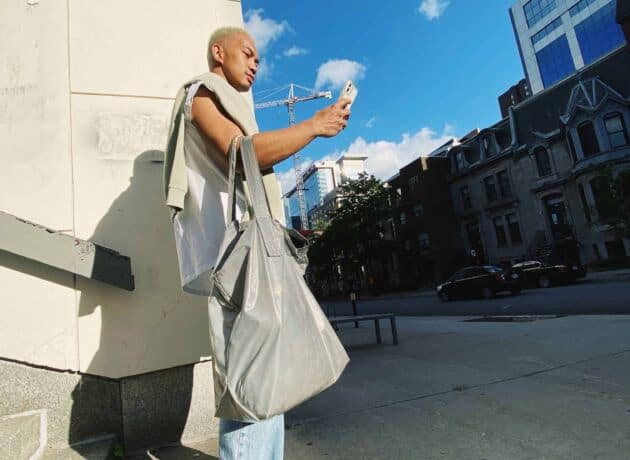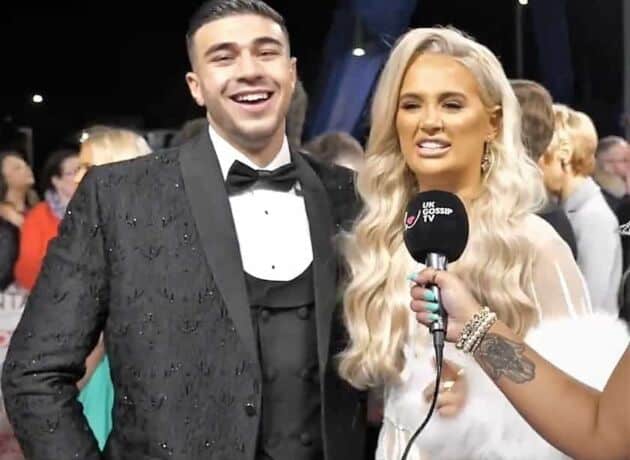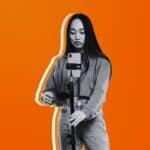In recent years, influencer marketing has become an essential part of many brands’ marketing strategies. However, the relationship between brands and influencers has often been fraught with tension, with brands wanting to maintain control over their image while influencers strive for creative freedom.
This is beginning to change though with big brands like Gymshark and PrettyLittleThing bringing on influencers in more of a collaborative role, as Creative Directors or Director of Influencer Partnerships.
So how have influencer partnerships evolved? And how can brands leverage creators in a way that enables creative freedom AND delivers business results?
How Are Brand-Influencer Relationships Evolving?
Any relationship is built on trust, and this is especially true for brand-influencer partnerships. Both parties are effectively trusting their image, or brand, in the hands of the other. Unfortunately, trust can be difficult to establish from the outset of a partnership. Trust in business is built over time, through proof of work, communication and honesty. And so, often when a brand first starts working with an influencer, it can be a very tightly controlled affair, with strict briefs and expectations. Unfortunately though, this almost always results in average, or even poor, influencer content.
To build a successful partnership, brands need to respect influencers’ creativity and understanding of their audience. After all, influencers have honed their skills over the years and are experts in creating content that resonates with their followers. Brands should allow influencers to get to know them, understand their values and product relevance before giving them creative freedom. This can result in better content that is more authentic, engaging and effective at reaching the desired audience.
Imagine you’ve commissioned a piece of art from an artist you admire and then proceed to micromanage every brush stroke. You would provide the artist with a general idea of what you’re looking for, what you like about their existing work, where it’s going to be displayed, who it’s for, and how much you’re willing to pay. The rest is up to them. Let them practice the skill they’ve hired over the years. This is exactly the same for influencers, who are, in a way, artists of their own craft. After all, they’ve cultivated a following for a reason.
Our advice at Goat is to develop a rapport first, let both parties get to know each other a little better, so that they can discover their own creative way to mirror your desired work. For brands, this means an alignment in values and product relevance (a.k.a choosing the right influencer), then enabling influencers to get a real induction to your brand, its services, culture etc. Ultimately, giving influencers time to live with your brand’s personality before they begin their creative process.

Brands Leveraging Influencers as Creative Directors
As the relationship between brands and influencers evolves, we are seeing more brands hiring influencers as consultants. This involves supporting the brand outside of their content, through consultancy, ideation for other media, product development, or anything else that requires creative input.
These opportunities are unique and involve influencers supporting the brand outside of their own content through ideation for other media, product development or other mediums. For this, there should be fair payment, the same way you would pay a creative director. It’s difficult to speculate on what these deals look like as they’re likely to be founded upon unique obligations individually.
What type of influencer makes a good creative director?
Think of it in the same way you’d approach the hiring process for a specialist role. Many applicants simply aren’t a good or capable enough fit. What you should be looking for is professionalism, creativity, reliability and a strong understanding of your social community.
PrettyLittleThing hired Molly-Mae Hague as their UK/EU Creative Director in the summer of last year. Having been closely associated with the brand prior to the announcement, the former Love Island star was positioned to work on a year-long partnership alongside the brand’s in-house creative and brand team.
CEO Umar Kamani said “it felt like a natural fit for us” as she has “been a huge part of our PrettyLittleThing journey and she is so invested in the brand. We wanted to explore different avenues together and bring her a on board as more of a creative, where she can work closely with our team and be involved in our wider strategy.”
This encapsulates how these unique relationships should transpire. Activations like these make sense when the creator is heavily linked with the brand and/or its target audience, made better when the creator has prior experience and investment with the brand in question. These partnerships need to make sense, after all authenticity is key.

What Does This Say About Influencer Marketing Now?
This evolution of influencer marketing shows how much it has grown and continues to evolve. Collaborations and partnerships are often discussed when referring to influencer marketing, but they are not always true collaborations. The shift towards collaborative relationships between brands and influencers is a positive sign for the future of influencer marketing.
What kinds of brands are interested in this?
At present, brands that were born and raised on social, such as Gymshark, understand the importance of influencer input as they have grown alongside them. Traditional, heritage brands may struggle with this idea as their idea of a brand is one that should be clearly defined, protected, and kept locked away in guidelines. However, we are starting to see even legacy brands view these roles differently, with LVMH announcing Pharrel Williams and Diet Coke announcing Kate Moss as Creative Directors.
In conclusion
The relationship between brands and influencers is evolving towards a more collaborative approach, with brands trusting influencers’ creativity and understanding of their audience. By allowing influencers creative control and hiring them as consultants, brands can create more authentic and effective influencer content. However, not all influencers are the same, and brands must consider other contributing factors outside of just their following and social media impact, when selecting the right influencers for their partnerships.
Overall though, this shift towards collaboration is a positive sign for the future of influencer marketing as it really demonstrates just how key this channel has become within the marketing mix, and how respected creators are in the industry.
The Goat Agency is a full-service social media and influencer marketing agency, for more info on what we do or to see some of our work, head over to our services page.





